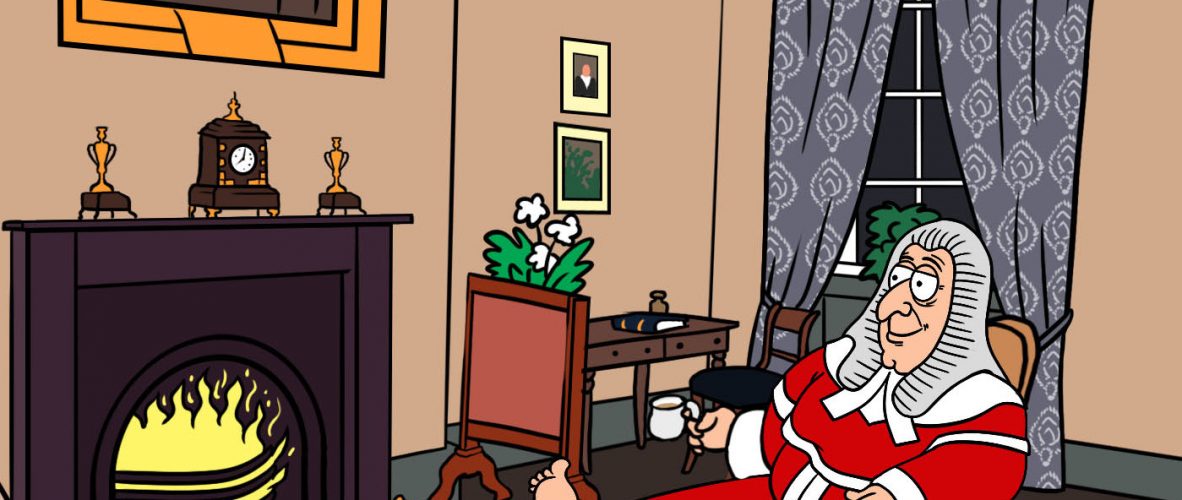The name given to the tight trousers worn by some Regency gentlemen, such as the notorious Beau Brummell and his ‘dandy’ followers, as they showed off their leg muscles.
School Photographs
Prior to the 1860s, children learned their ‘3Rs’ by attending a ‘private adventure school’ for, at most, one or two years in their early childhood. Presteigne had five or six such schools, ran by elderly gentlemen and women in their homes and charging a few pence each week for tuition. In the 1860s, two church schools opened. The town also had two free schools, the Iron School, a ‘ragged school’ which helped the poorer children in the town get some form of education, and Greenfields, founded to provide girls not only with an elementary education but also training in domestic skills. These photographs are of the Iron School (so called because it met in an iron shed-like building) and Greenfields School.
| In the classroom: | |
| |


